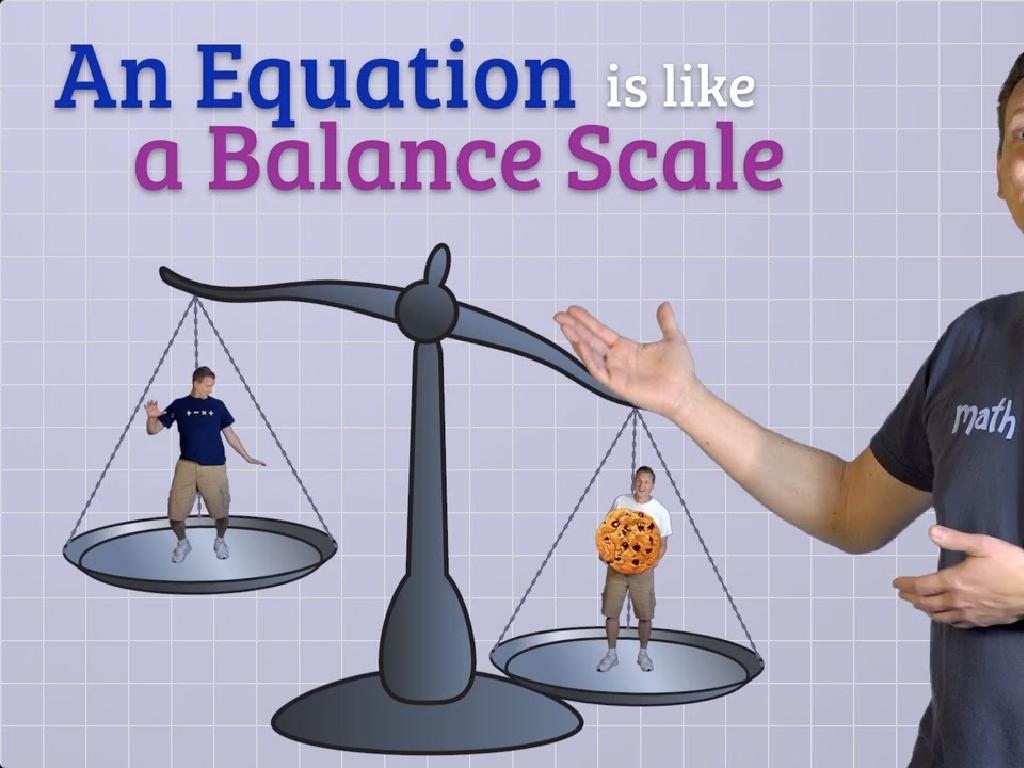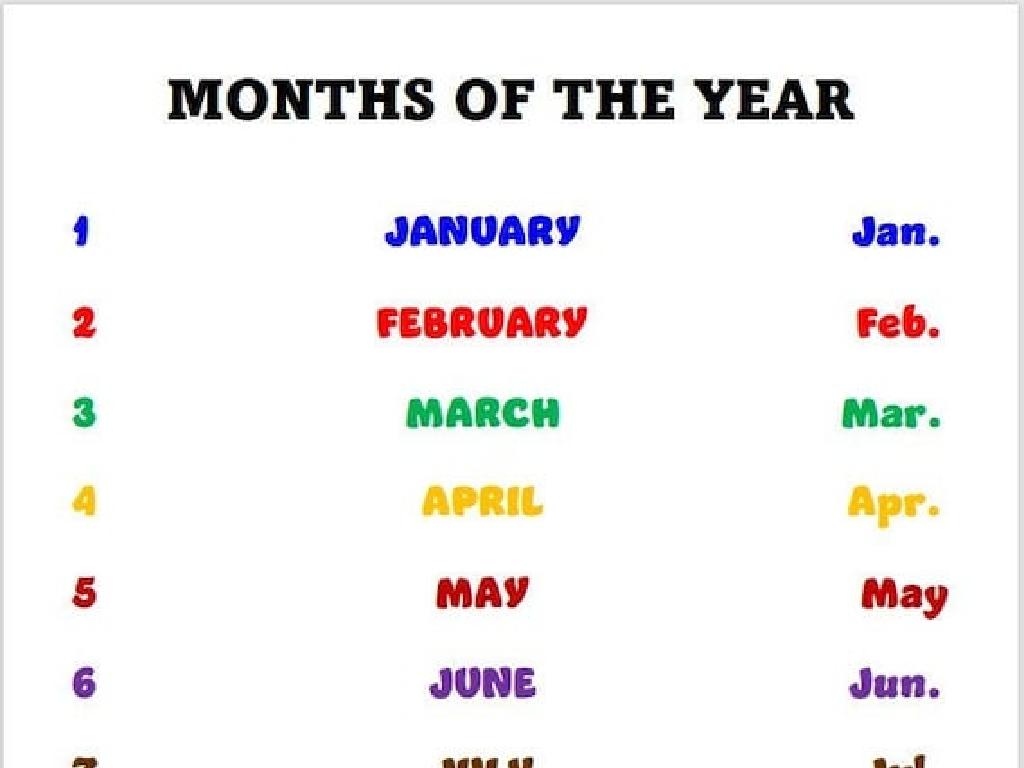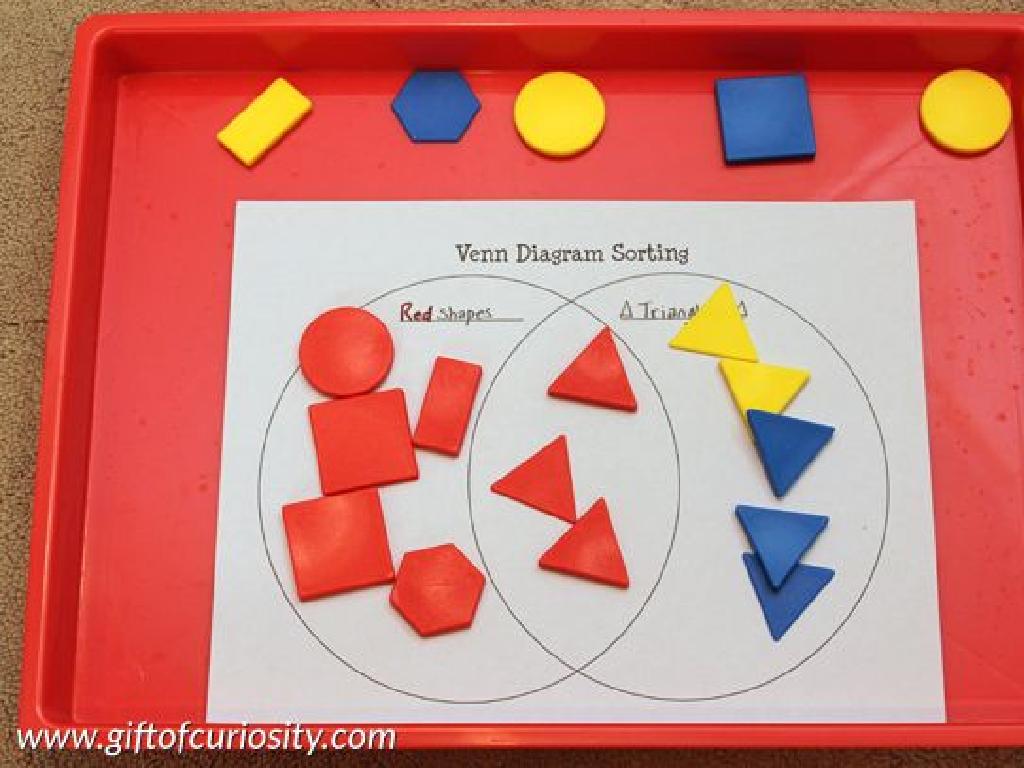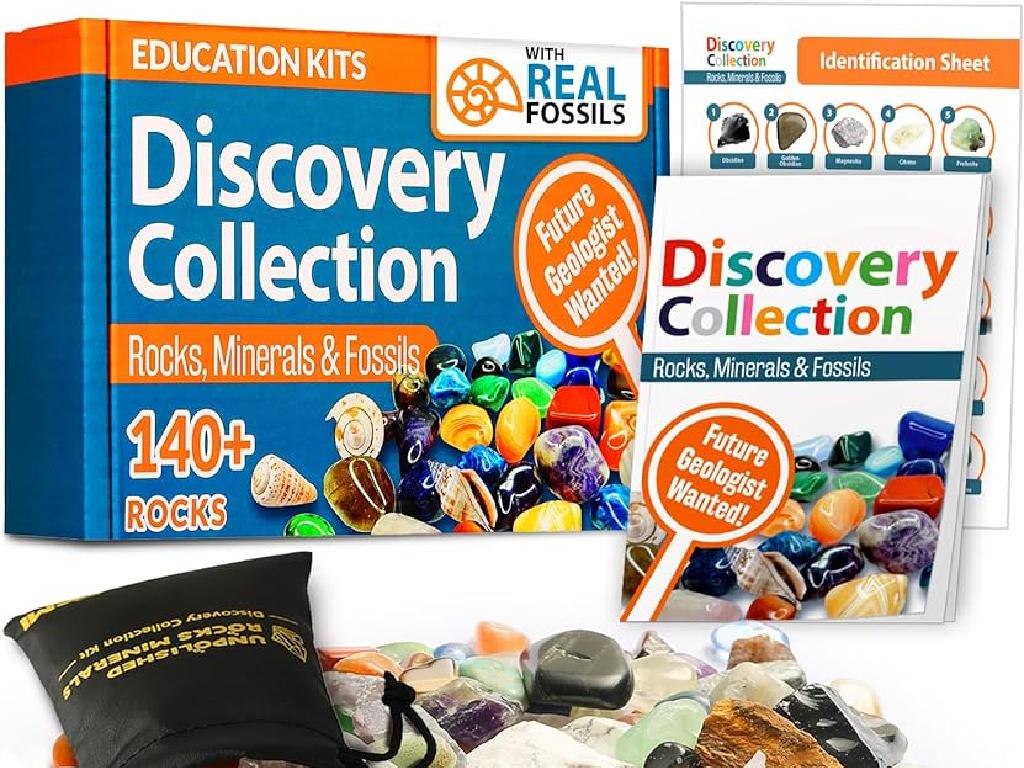Multiply 1-Digit Numbers By 2-Digit Numbers: Word Problems
Subject: Math
Grade: Fourth grade
Topic: Multiply By One-Digit Numbers
Please LOG IN to download the presentation. Access is available to registered users only.
View More Content
Introduction to Multiplication
– Multiplication as repeated addition
– If you have 4 bags with 3 apples each, 4 times 3 apples equals 12 apples.
– Why multiplication is useful
– It helps us solve problems faster than adding repeatedly.
– Multiplication in daily life
– Figuring out total items in packages or total cost of multiple items.
– Practice with real examples
|
This slide introduces the concept of multiplication as a form of repeated addition, which is a foundational skill in mathematics. Emphasize that multiplication is a shortcut for adding the same number multiple times. Illustrate its usefulness with examples where addition would be too slow or impractical. Provide relatable real-life scenarios, such as calculating total items in packages or the total cost of several items, to show how multiplication is applied outside the classroom. Encourage students to think of their own examples and to practice multiplication with word problems to reinforce their understanding.
Multiplying 1-Digit by 2-Digit Numbers
– Understanding multiplication
– Multiplication is repeated addition
– Steps to multiply 1-digit by 2-digit
– Write numbers vertically, multiply, then add
– Example: Multiplying 3 x 24
– 3 x 24: Multiply 3 by 4, then 3 by 2, add results
– Practice with different numbers
|
This slide introduces the concept of multiplying a 1-digit number by a 2-digit number. Begin by explaining multiplication as a faster way of adding the same number multiple times. Show the step-by-step process: writing the numbers vertically, multiplying the 1-digit number by each digit of the 2-digit number, and then adding the results. Use the example 3 x 24 to illustrate the process. Multiply 3 by 4 to get 12, write down 2 and carry over 1. Then multiply 3 by 2 to get 6, add the carried over 1 to get 7, and write it down. The result is 72. Encourage students to practice with different numbers to solidify their understanding.
Multiplying with Word Problems
– Understanding word problems
– Word problems describe math in real-life scenarios.
– Spotting multiplication signs
– Look for clues that suggest repeated addition.
– Key words for multiplication
– Words like ‘total’, ‘groups of’, ‘each’ indicate multiplication.
– Practice with examples
– Use sample problems to apply what we’ve learned.
|
This slide introduces students to the concept of word problems in multiplication. Word problems are a way to apply math to real-world situations, making the abstract concept of multiplication more concrete and understandable. Teach students to identify key phrases and words that hint at multiplication, such as ‘in total’, ‘all together’, ‘groups of’, and ‘each’. Provide clear examples to illustrate these points. Encourage students to think of multiplication as adding groups of the same size. After explaining, give them a few simple word problems to solve as practice, ensuring they use the key words to identify the operation needed.
Multiplying in Word Problems
– Carefully read the problem
– Find numbers to multiply
– Solve the problem stepwise
– Break down the problem, multiply numbers, and find the answer
– Example: Sticker packs
– 1 pack has 12 stickers, so 4 packs have 4 x 12 stickers
|
This slide is aimed at teaching students how to approach and solve multiplication word problems. Start by reading the problem thoroughly to understand what is being asked. Next, identify the key numbers that need to be multiplied to find the solution. Teach students to solve the problem in a step-by-step manner, ensuring they understand each part of the process. Use the sticker example to illustrate the concept: if one pack contains 12 stickers, then 4 packs would contain 4 times as many. This equals 4 x 12, which is 48 stickers in total. Encourage students to visualize the problem and to check their work by verifying that the solution makes sense in the context of the problem.
Multiplication Word Problems Practice
– Problem 1: Baking cookies in batches
A baker makes 15 cookies per batch. What’s 15 times 7?
– Calculate cookies in 7 batches
– Problem 2: Chairs arranged in rows
If 9 chairs fit in one row, how many are in 8 rows?
– Count total chairs in 8 rows
|
This slide is designed to engage students with practical multiplication word problems. For Problem 1, guide the students to multiply the number of cookies in one batch by the number of batches to find the total. For Problem 2, instruct them to multiply the number of chairs in one row by the total number of rows. Encourage students to visualize the problems, perhaps by drawing a simple diagram or using physical counters if available. Discuss the importance of understanding the question and identifying the numbers to multiply. Provide assistance as needed and praise their efforts to build confidence. Possible activities include pairing up to solve problems, using manipulatives to represent the problems, or creating their own word problems.
Class Activity: Multiplication Scavenger Hunt
– Find classroom objects for word problems
– Create your own multiplication problems
– Use objects like 6 packs of crayons with 8 in each pack
– Pair up and solve your partner’s problems
– Take turns, explain your thinking as you solve
– Share problems and solutions with the class
– Discuss different solving strategies used
|
This interactive activity is designed to help students apply their knowledge of multiplying 1-digit numbers by 2-digit numbers in a fun and engaging way. Students will search the classroom for items they can use to create their own word problems, such as a set of books on a shelf or groups of pencils in a container. Encourage creativity in problem creation and ensure they write clear, solvable problems. After pairing up, students will exchange problems and work on solving them, explaining their thought process to their partner. This peer-to-peer interaction reinforces learning and allows students to see different approaches to problem-solving. Conclude the activity with a class discussion where students share their problems and solutions, highlighting any interesting strategies or insights they gained. This will foster a collaborative learning environment and enhance their understanding of multiplication in real-world contexts.
Wrapping Up: Multiplication Mastery
– Recap of multiplication strategies
– Practice makes perfect
– Regular practice strengthens math skills
– Homework: 5 word problems
– Apply today’s lessons to solve problems
– Show your work and reasoning
– Explain steps taken to find each product
|
As we conclude today’s lesson on multiplying 1-digit numbers by 2-digit numbers through word problems, it’s crucial to emphasize the importance of practice. Homework is assigned to reinforce the strategies learned in class. Encourage students to show their work for each problem, detailing the steps they took to arrive at their answers. This not only helps them internalize the multiplication process but also prepares them to explain their reasoning, a key skill in math proficiency. Provide guidance on how to approach word problems, reminding them to look for keywords and to organize their work neatly.






